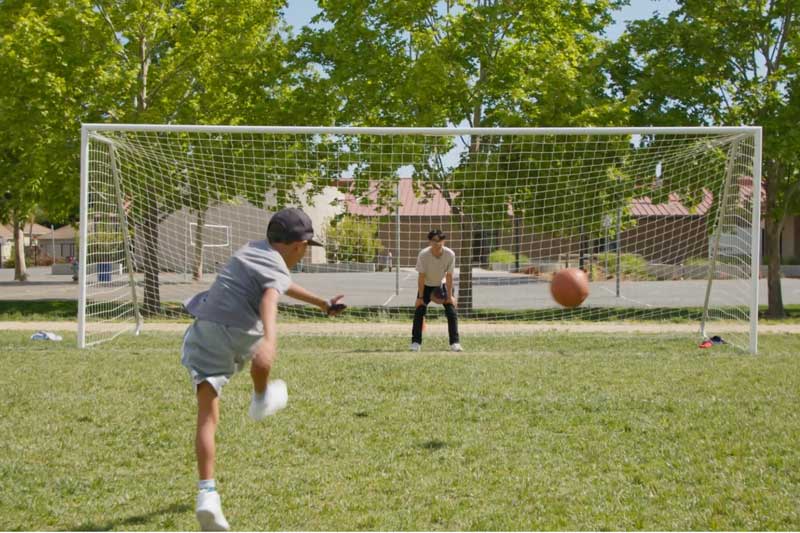Congenital Heart Defects and Physical Activity

Luke was born with tetralogy of Fallot.
Exercise is for everyone.
Physical activity has many benefits and should be a regular part of almost anyone's life. That includes most people with congenital heart disease. Research on patients with congenital heart disease, even complex disease, has shown that routine moderate exercise is safe and can be beneficial. That's why we recommend that almost all patients do some form of regular physical activity.
Exercise benefits include both physical and emotional benefits. It helps to reduce your risk of heart attack, stroke, high blood pressure and diabetes, to name just a few conditions. Exercise also helps to reduce anxiety and depression. It improves your sleep and helps to manage your weight.
It's likely that for most patients, the benefits of exercise outweigh the perceived risks. Low-intensity activity is still preferred. Consult with your health care professional before beginning an exercise regime to discuss how to get started safely. There are some congenital heart defects that warrant cautious exercise recommendations. Your health care team can advise you of the best options for your condition and may also recommend an exercise test, which can provide you with exercise guidelines.
What types of exercise, and how much?
Aerobic activities, also called endurance or cardio activities, are physical activities in which people move their large muscles in a rhythmic manner for a sustained period. These increase the heart rate and make you breathe heavily. Examples include brisk walking, swimming, biking, jogging, cross-country skiing, hiking or dancing.
A good rule to follow is to increase your activity so you breathe hard and fast but can still carry on a conversation with someone. This is generally moderate-level exercise. With vigorous intensity you usually are working too hard to have a conversation. Discuss with your health care team the intensity and amount of exercise that is safe for you.
Adults should also do muscle-strengthening activities that involve all major muscle groups on two or more days a week. This provides additional health benefits.
It's best to avoid a breathing technique sometimes used in weightlifting, called a "valsalva maneuver," which involves bearing down against a closed throat to increase the strength of arm or abdominal muscles. Although studies are mixed, this may cause extra stress on the heart. Be sure to discuss your best options for strength training with your health care professional.
Be sure to warm up before exercise, gradually increasing activity, and then cool down as you approach the end of the exercise period. Flexibility exercises are recommended to enhance the movements of your joints. These can be incorporated during your warmup and cool-down.
Any amount of activity is better than none, and the more physically active a person is, the greater the anticipated cardiovascular benefit.
Can children with congenital heart defects participate in physical activity and sports?

Victoria was born with an atrial septal defect and a hole in her heart.
There are a wide variety of cardiac defects and surgical repairs. It’s best to discuss with your pediatric cardiologist whether your child needs any restrictions from activity. This is particularly true if they want to eventually participate at the high school or college level.
Most children who have relatively simple cardiac defects, and who have had a good result after catheter or surgical repair, can participate in at least some, if not all, activities. Other children may have heart conditions that warrant some restrictions. Patients with pacemakers or implantable cardioverter defibrillators (ICDs) may involve restrictions not required for other patients with heart defects. Patients who are taking anticoagulants (drugs that decrease blood clotting) should also use caution and check with their cardiologist about physical activity and sports participation.
Learn more about the benefits of physical activity and how to get started.





